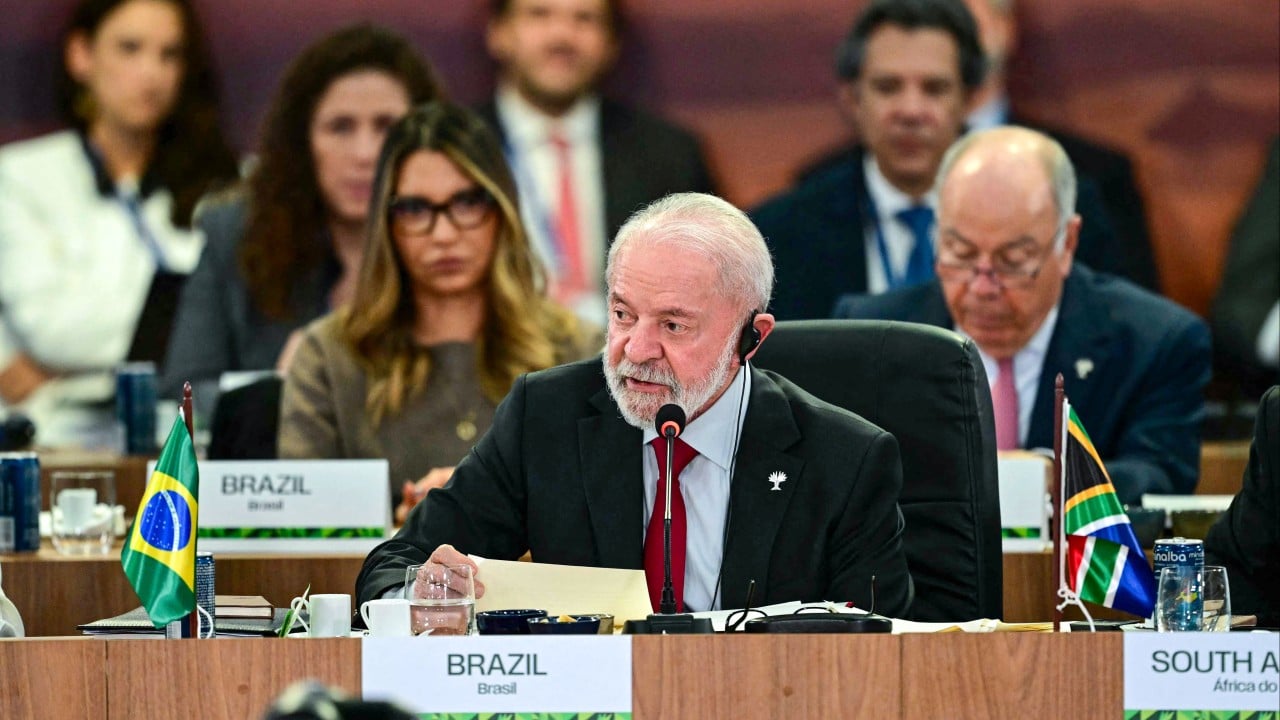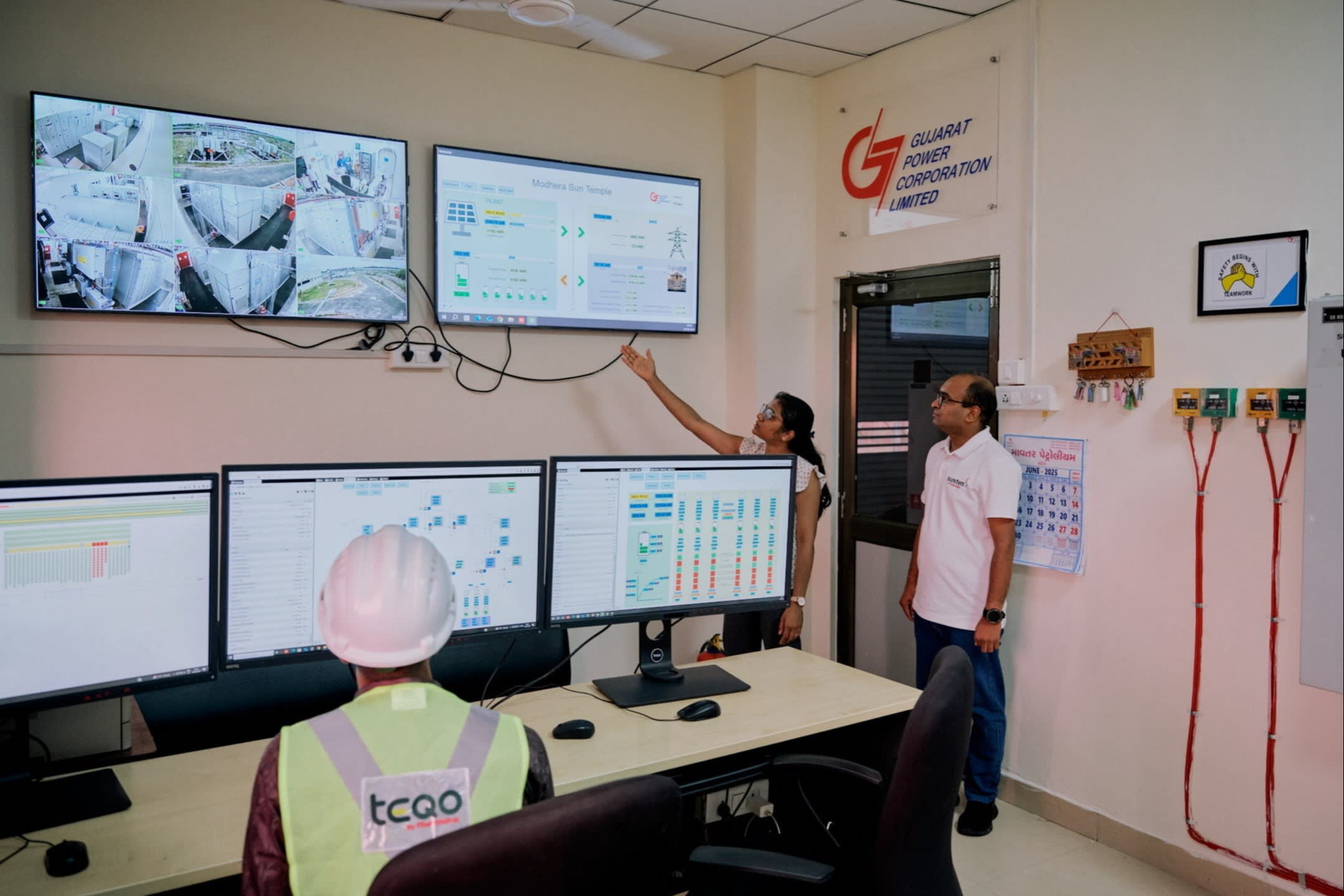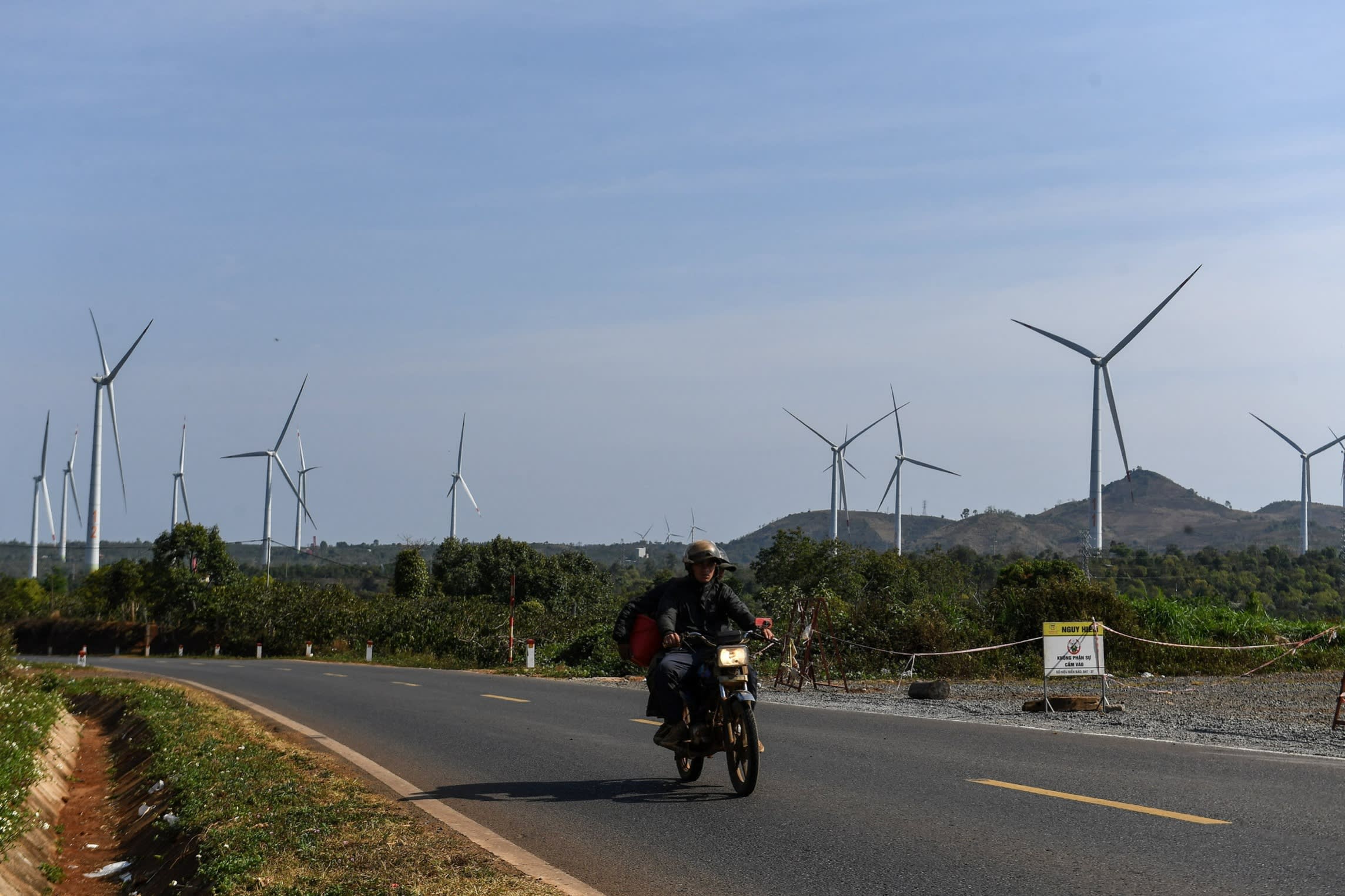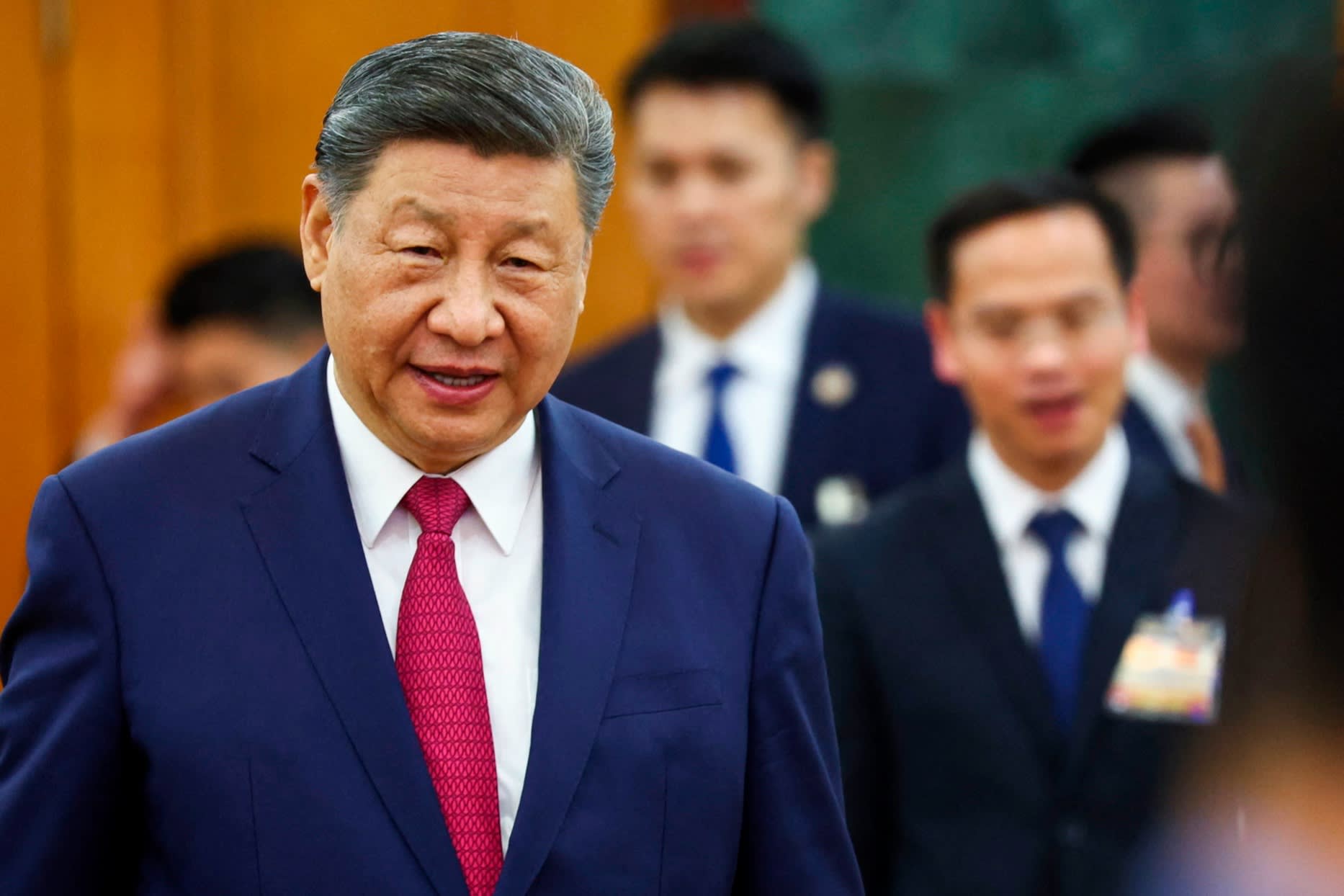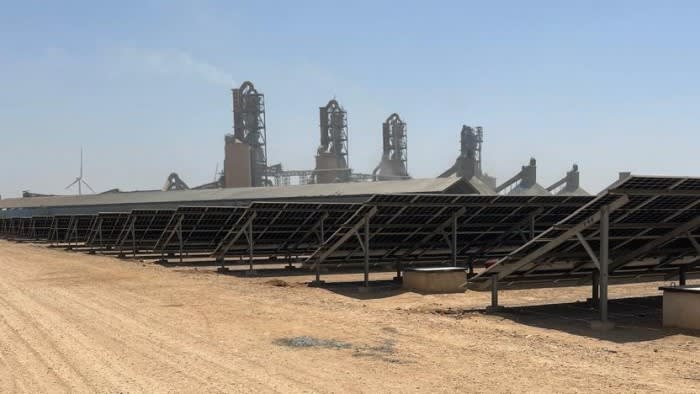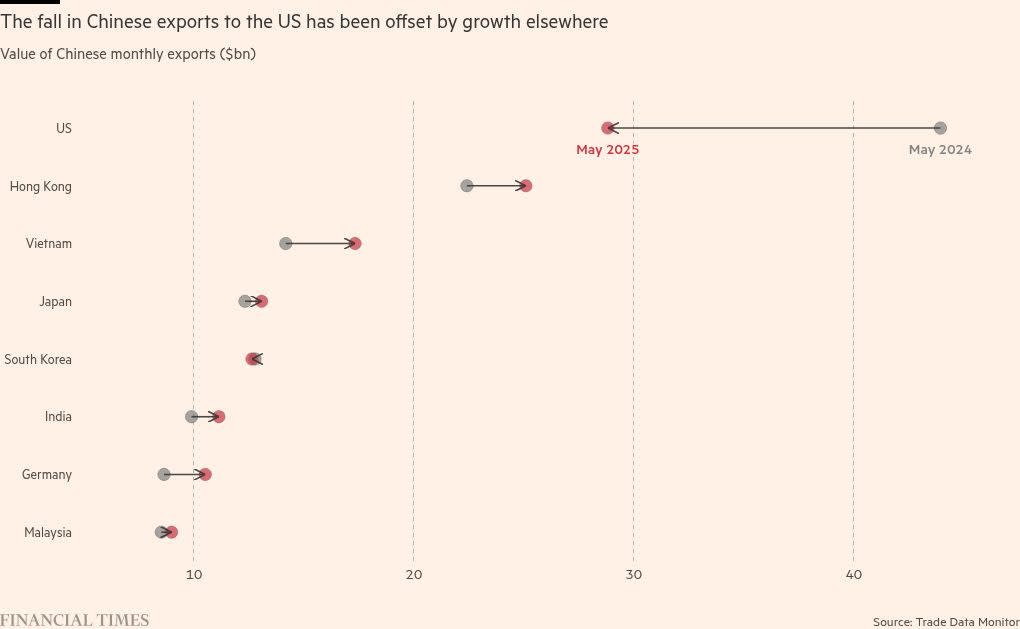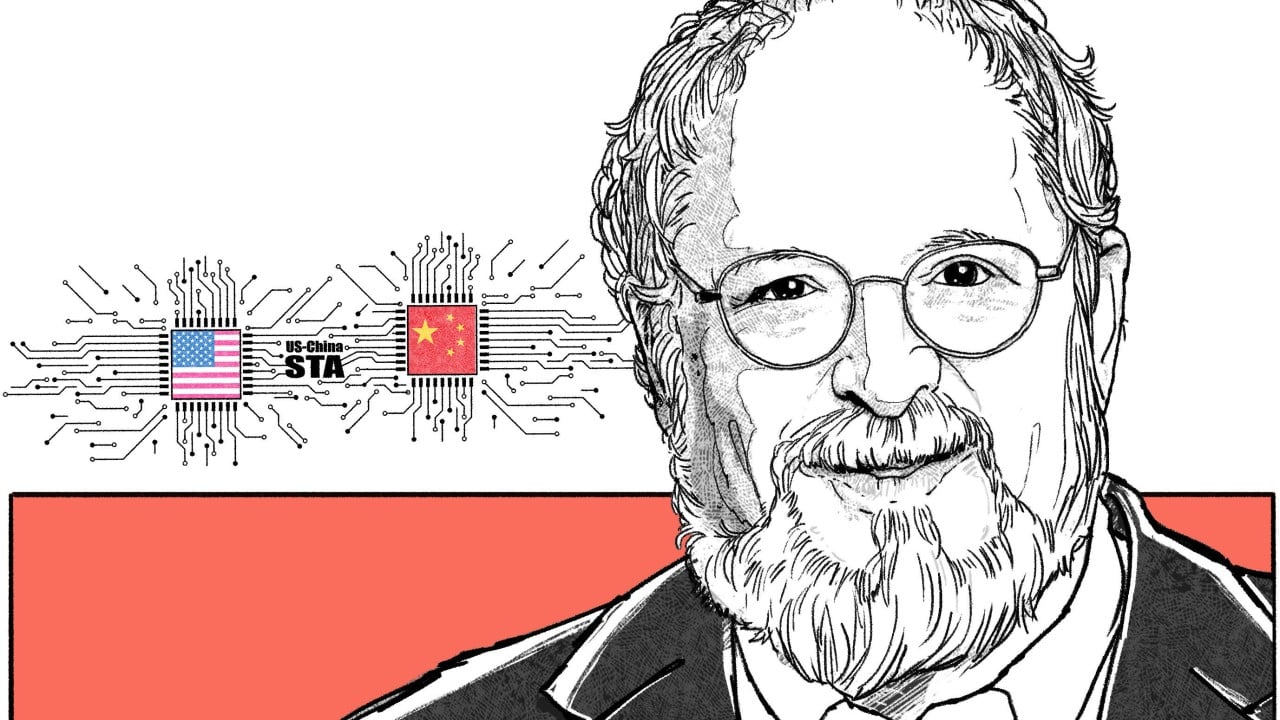A team of Chinese scientists has used semiconductor “quantum dots” to develop a vision sensor that adapts to extreme light changes faster than the human eye. Advertisement The bionic visual sensor can adapt to extreme changes between dark and light in about 40 seconds, compared to two to 30 minutes for human eyes. Its ability to adjust sensitivity for better object recognition and imaging means the sensor could be used to make next-generation technology, such as more brain-like computing systems. “The sensor with visual adaptive function proposed in this work…
Day: July 6, 2025
Brics in push for UN to take lead on setting rules for artificial intelligence
Brics leaders have adopted a new declaration calling for the United Nations to take the lead in setting global rules for artificial intelligence, arguing that the fast-growing technology must not deepen inequalities between developed and developing nations. Advertisement The statement, agreed late on Sunday at the summit in Rio de Janeiro, described AI as a “unique opportunity” for driving inclusive growth, innovation and sustainability but warned that without fair governance it could widen the digital gap. It stressed that given the rapid transformations brought about by technology, it would be…
Solar ‘model village’ illuminates challenges in India
For a millennium the Hindu Sun Temple of Modhera has inspired devotees who pay tribute to the solar deity Surya. Now, the sun is giving back in the form of electricity by lighting up both the temple and the adjacent village. The brainchild of Indian Prime Minister Narendra Modi — and his vision of “one sun, one grid” to power the world’s most populous nation — the village of Modhera in his home state of Gujarat, western India, has become the country’s first to run entirely on solar energy 24/7.…
US withdrawal leaves energy transition funding gap in south-east Asia
Stay informed with free updates Simply sign up to the Climate change myFT Digest — delivered directly to your inbox. South-east Asia is rapidly growing as a critical link in global supply chains as manufacturers rush to shift production from China amid an escalating trade war. It is also fast emerging as a focal point for new data centres as demand for AI surges. Yet, as the economies attract billions of dollars in investments from the energy-consuming industries that are also increasingly demanding greener power, investment into renewables is sorely…
Australia learns to battle simultaneous floods and droughts
Stay informed with free updates Simply sign up to the Climate change myFT Digest — delivered directly to your inbox. John Warlters, chief executive of the charity Rural Aid, helped to unload 150 tonnes of hay in the remote Kangaroo Island off the coast of South Australia in June. It is the first time his charity has delivered fodder to the island — known as one of Australia’s leading food producing regions, specialising in honey, oysters, eggs and meat — but its farmers have struggled with a damaging drought that…
Japan switches back to nuclear, 14 years after Fukushima
Unlock the Editor’s Digest for free Roula Khalaf, Editor of the FT, selects her favourite stories in this weekly newsletter. Japan is laying the groundwork to proceed with next-generation nuclear energy plants once its fleet of idled reactors have been restarted, as soaring gas prices and power-hungry data centres have prompted an rethink on atomic power in the earthquake-prone nation. Asia’s second-largest economy signalled late last year that it would allow construction of new atomic reactors at existing sites, marking a significant policy shift in the country’s aversion to the…
Campaigners call for ‘spirit’ of ambition in China climate targets
Xi Jinping’s economic and industrial planners in Beijing are hammering out the final details of China’s new climate change targets. Given that China is responsible for about one-third of global greenhouse gas emissions, these targets, mandated by the 2015 Paris Agreement, hold the potential to shape the future of the world’s fight against global warming. The Chinese leader said in April that the country would announce its 2035 Nationally Determined Contribution (NDC), covering all economic sectors and all greenhouse gases, before this autumn’s UN Climate Change Conference in Belém, Brazil.…
Shift to solar comes at a price for Pakistan’s national grid
Stay informed with free updates Simply sign up to the Renewable energy myFT Digest — delivered directly to your inbox. Pakistani officials are desperate to slow a world-leading solar revolution, as a surge in cut-price Chinese panels and batteries bleeds the country’s finances and threatens the viability of its debt-ridden grid. The power ministry has proposed to reform the country’s “net metering” policy by reducing the amount paid to buy excess solar electricity from households from Rs27 to Rs10 ($0.035) per unit. In June, the government also proposed an 18…
FirstFT: China redirects exports via south-east Asia in bid to evade Trump’s tariffs
This article is an on-site version of our FirstFT newsletter. Subscribers can sign up to our Asia, Europe/Africa or Americas edition to get the newsletter delivered every weekday morning. Explore all of our newsletters here Good morning and welcome back to FirstFT Asia. On today’s agenda: China reroutes exports via south-east Asia Tony Blair’s staff participated in ‘Gaza Riviera’ project How doing business in Hong Kong is changing We start with new data suggesting that Chinese businesses are sending increasing volumes of goods to the US via south-east Asia in…
Why the Science and Technology Agreement is a US-China bellwether: Denis Simon
Denis Simon is one of the leading experts on US-China science and technology cooperation as well as China’s innovation system. He has held senior roles including executive vice-chancellor at Duke Kunshan University and director of the US-China programme at Pennsylvania State University. Advertisement He is teaching a graduate course on China science and technology policy at the Schwarzman College at Tsinghua University in Beijing. This interview first appeared in SCMP Plus. For other interviews in the Open Questions series, click here. Can you explain the core elements of the STA…

